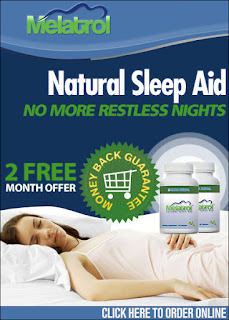People health - Chronic fatigue
Chronic
fatigue is not a normal condition, but a signal that warns the body of an
inappropriate lifestyle or impaired functioning. It is not good to ignore
this condition.
I think you will agree with me that getting out of bed on
a Monday morning, after a calm weekend, is always difficult and tiring.
And I also know people who are nervous since Sunday
night, when they think of what awaits them at work the next day. Exhausted,
chronically undisturbed and tired, they are cynical talking about colleagues
and work tasks, but also about themselves because they feel ineffective and
unwell to work. Often, the environment labels them as cranky or lazy, however,
it may be a person who is experiencing burnout at work and is seeking help.
Other symptoms may include forgetfulness, anxiety,
irritability, nonspecific physical disorders such as palpitations, indigestion,
and headaches.
Burnout syndrome at work
Burnout syndrome at work is just one of several causes of
chronic fatigue. The workplace is one of the key factors affecting the physical
and mental health of the individual, and burnout syndrome is more commonly
associated with people-oriented jobs, such as doctors, teachers, police
officers, and caregivers.
It should be emphasized that burnout can also develop in
family members who care for a severely chronic patient at home. Poor
organization at work, impaired interpersonal relationships, timelines,
important decisions, shift work can all harm mental health and wellbeing.
Work-related stress occurs when the demands and pressures
of the job become greater than the knowledge and skills of the worker so that
all this presents a challenge for his ability to adapt. Stress can manifest
itself differently: through various forms of addictive behavior (smoking,
alcohol, gambling, drugs), irritability, disorders of concentration or decision
making, sleep disturbance. Prolonged exposure to stress can cause anxiety or
depression, which can be a cause of frequent sickness and decreased
productivity.
Sleep is essential for metabolism recovery
Sleep disorders are becoming more common and becoming a
growing problem, most often just a symptom of another physical and/or mental
illness. Sleep is part of a chronobiological rhythm, the wake-sleep cycle. It
can be described as a physiological, periodic and temporary cessation of
alertness, when motor activity is reduced and the state of consciousness is
altered, with the perception of the external situation significantly reduced.
Sleep has an irreplaceable significance for the recovery
of metabolism, the regeneration and growth of cells, and for the renewal of the
receptor system. Sleep also achieves stabilization of the memory process.
Chronic fatigue as one of the symptoms
Many somatic conditions may have chronic fatigue on the
list of symptoms - anemia of any cause (profuse and irregular periods, bleeding
from the digestive system, conditions after surgery, birth), chronic hepatitis
(most often viral, but also chronic inflammation liver caused by an immune
disorder, alcohol, some other metabolic disorders) even longer-lasting viruses,
especially mononucleosis, after which fatigue often persists for long periods.
Unrecognized endocrine glands, most commonly thyroid,
among other symptoms, can present with chronic fatigue. Food intolerances,
especially celiac disease, which have been receiving more attention lately, can
also be a cause.
There are also cardiovascular diseases, disorders of
oxygen (oxygen supply), including sleep apnea. The list could be further
extended.
Let's conclude - chronic fatigue is not a normal
condition, so don't ignore it.









































